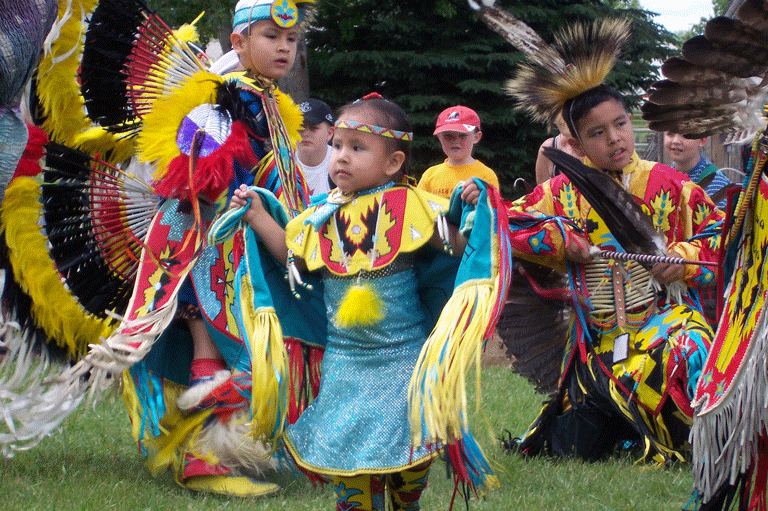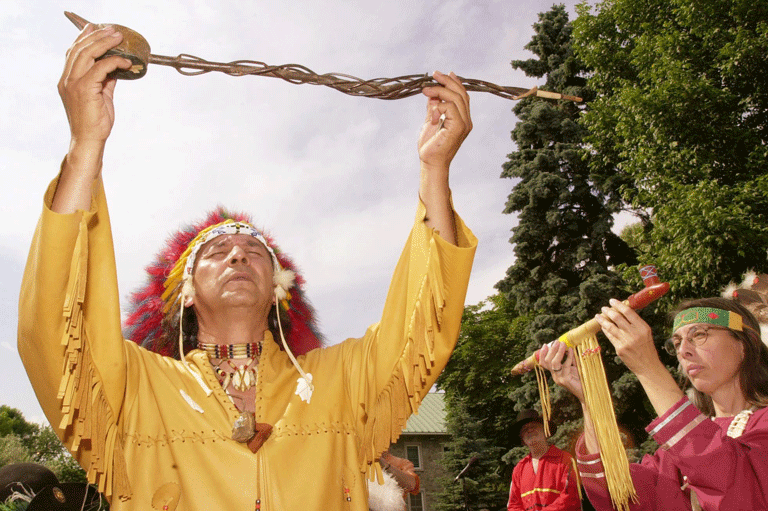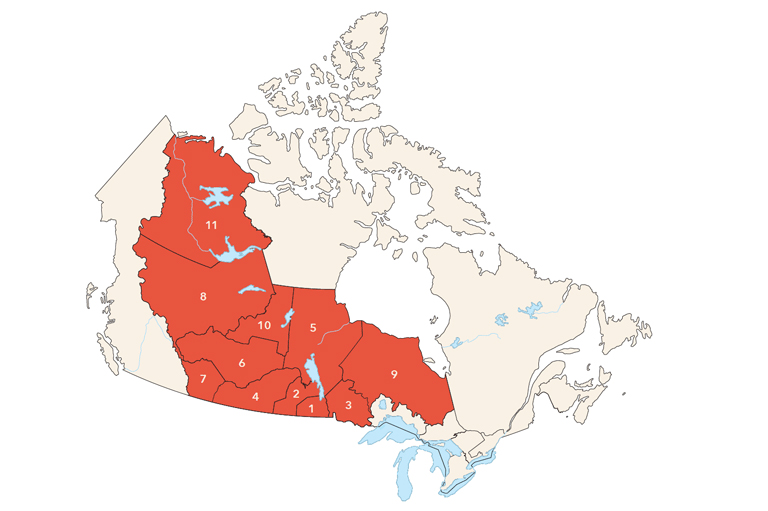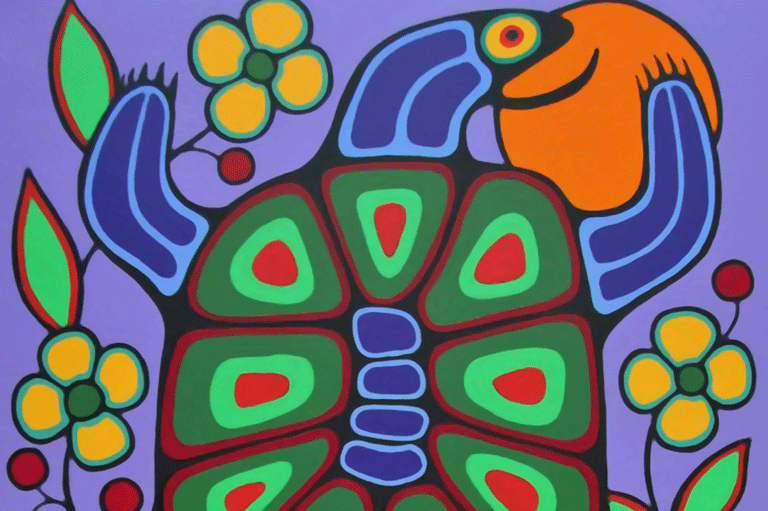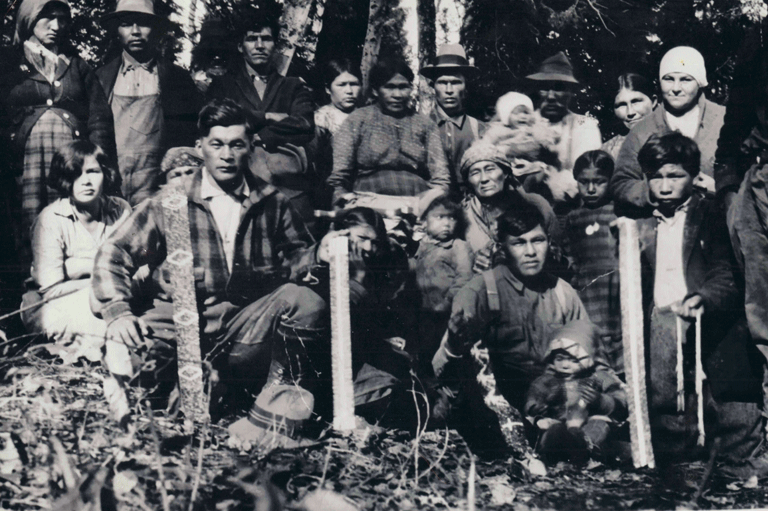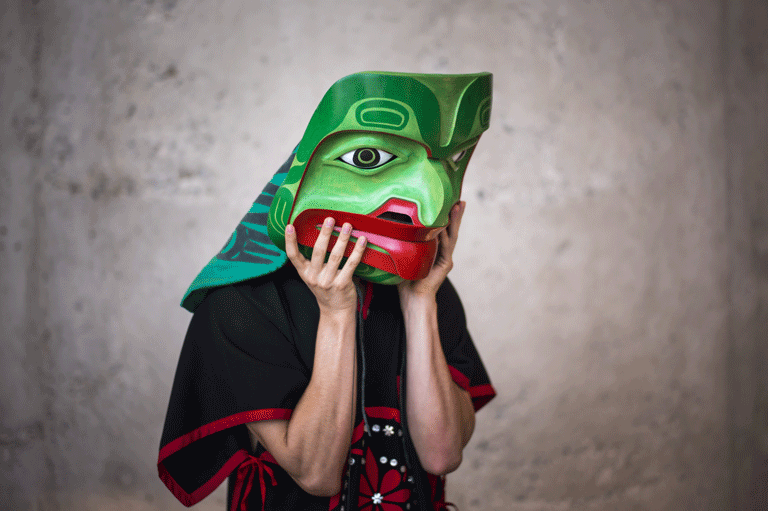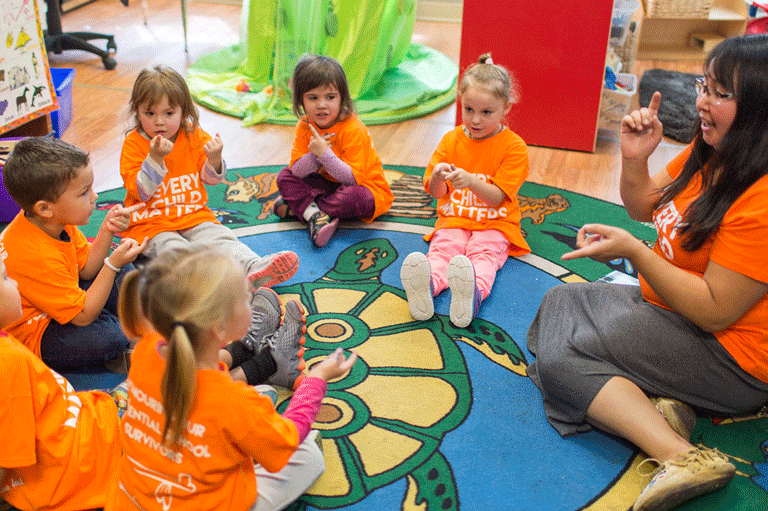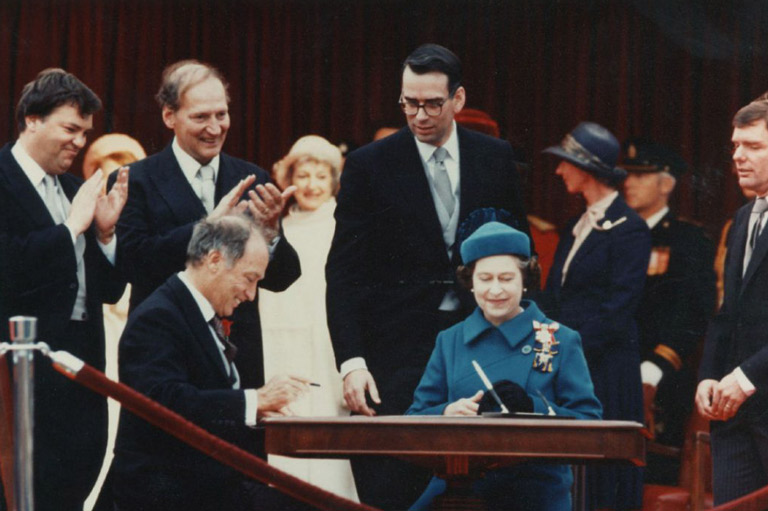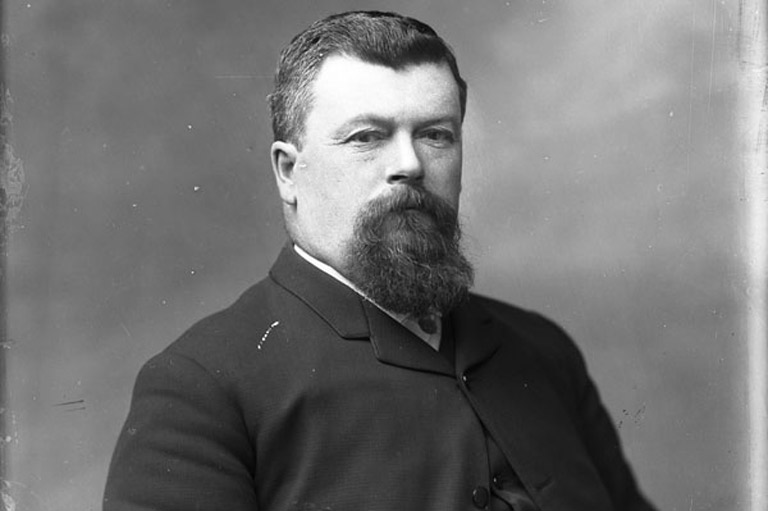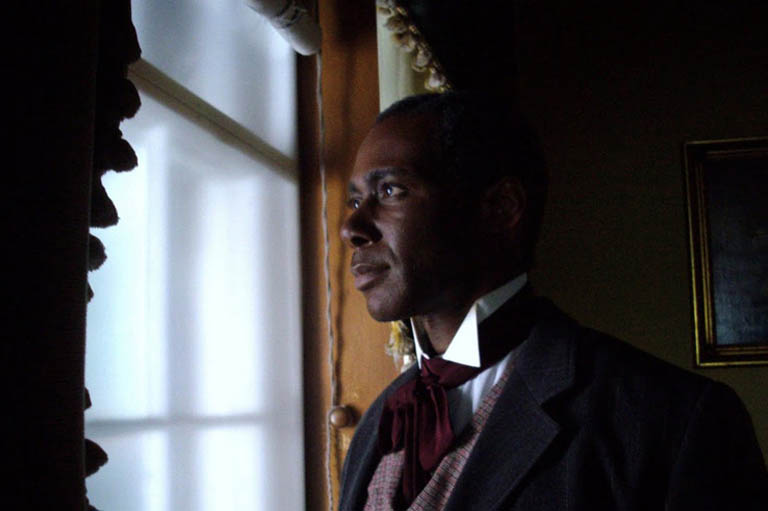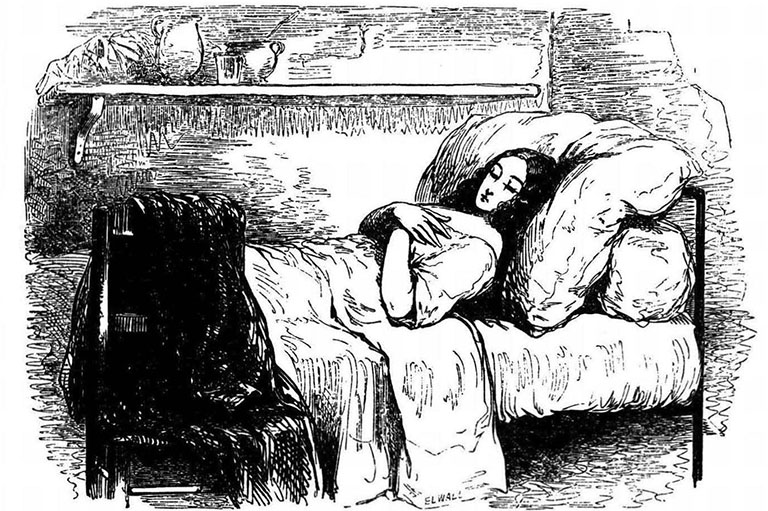Discover a wealth of interesting, entertaining and informative stories in each issue, delivered to you six times per year.
Ties of Kinship
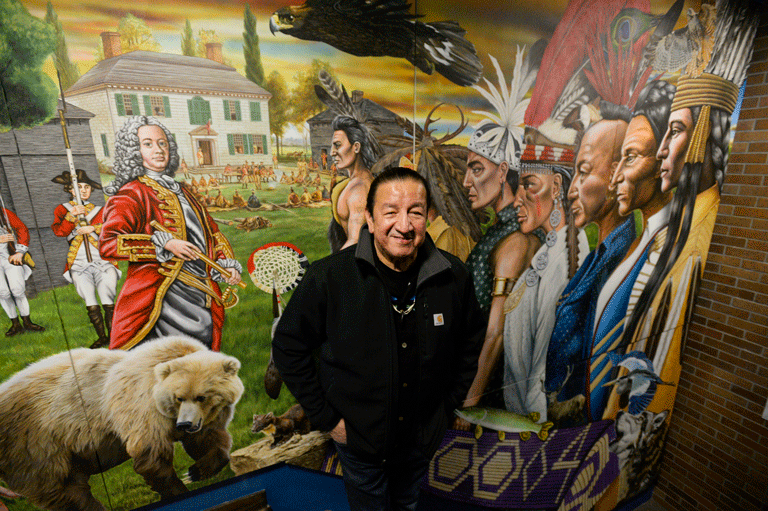
Until recently, both Confederation and the Indian Act that flowed from it eclipsed most of the Treaty relationships in the minds of the non-Indigenous population of Canada. Today the country finds itself returning to the Treaties and rekindling the relationships that sustained the many peoples on these lands for centuries prior to 1867.
Part of this national introspection is the rediscovery by non-Indigenous peoples of the ancient and enduring relationships between First Nations and the sovereign that were enshrined in such Treaties as the 1764 Treaty of Niagara.
For generations, history textbooks have described the Royal Proclamation of 1763 as the “Indian Magna Carta” — a document from which Indigenous rights originate in their relationships with Canada. Yet, as Elders and Knowledge Keepers across the continent have reminded us, King George III’s proclamation is only half of the story (specifically, the non-Indigenous half).
After all, the Royal Proclamation itself is merely a written document capturing a static moment in time. “Treaty” can also be defined as an action word, a living agreement that evolves over time. Similarly, the wampum belts (woven by hand using sinew with quahog and whelk shells) that embody Treaties can never be captured in one interpretation.
“Contextualization of the Proclamation reveals that one cannot interpret its meaning using the written words of the document alone,” writes John Borrows, the Canada Research Chair in Indigenous Law, in his article “Wampum at Niagara: The Royal Proclamation, Canadian Legal History, and Self- Government.”
Borrows continues: “To interpret the principles of the Proclamation using this procedure would conceal First Nations perspectives and inappropriately privilege one culture’s practice over another.”
When copies of the Royal Proclamation of 1763 were circulated amongst the First Nations surrounding the Great Lakes, Sir William Johnson, the King’s superintendent of Indian affairs, knew that the document was meaningless unless it was ratified by First Nations communities.
Simply imposing British interests in the Great Lakes watershed by using military force clearly wasn’t going to work. Governor Jeffery Amherst tried. He even advocated genocidal tactics, such as deploying blankets infested with the smallpox virus, but was quickly reminded by First Nations leaders, including Chief Pontiac of the Odawa Nation, that the British were no match for the people of the region.
Noting the capture of nine British forts by Pontiac, imperial officials abandoned Amherst’s campaigns, heeding Johnson’s counsel for diplomacy using Indigenous protocols brought forward by his partner, Molly Brant (a Mohawk Clan Mother of the Haudenosaunee Confederacy). The result was the Great Council at Niagara in 1764 between the British Crown (represented by Johnson) and at least twenty-four First Nations from across the Great Lakes region.
After a month of negotiations — including the exchange of eighty-four wampum belts — the Treaty of Niagara was forged, extending the Silver Covenant Chain of Friendship into the heart of the continent and establishing a familial relationship between King George III and his descendants and First Nations peoples across the land.
Many people see this Treaty, and the wampum belts exchanged at its inception, as the true founding of what we now call Canada. Its legacy is not a written agreement but rather a series of discussions and debates that, paraphrasing Borrows, made principles implied by the written document explicit using First Nations forms of communication, such as wampum, as a mnemonic device.
Documents exist in wampum instead of parchment. Wampum belts were woven at the request of Indigenous delegates as well as non-Indigenous delegates.
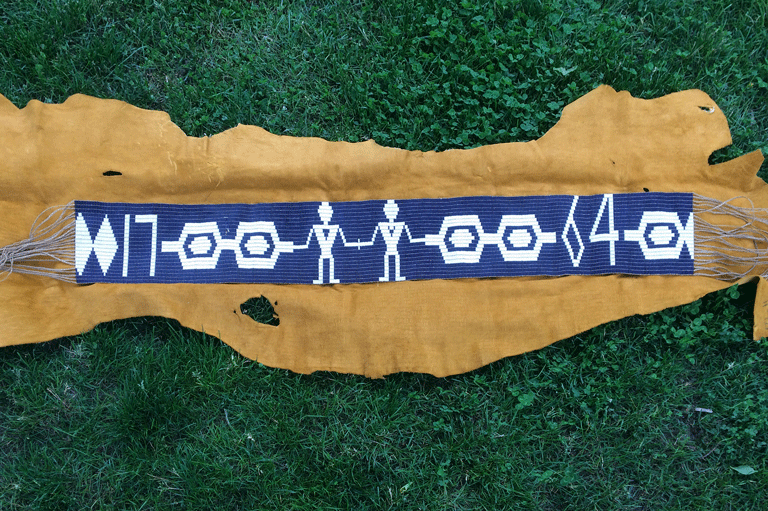
At the heart of the Treaty of Niagara (as with most Treaties) is a relationship with the sovereign grounded in ties of kinship. The dynamic created when the Crown and First Nations peoples became family entrenches the need for trust, honest communication, and honour. If familial love is woven into a Treaty relationship it allows for disagreement without disrespect.
With its core principles, a familial relationship requires flexibility in order to exist. As new dynamics or unforeseen conflicts emerge, they have to be negotiated by the Treaty partners in order to have them incorporated into the relationship.
As an institution, the Crown provided the framework needed for non-Indigenous peoples to establish Treaty relationships. It was through the Crown, especially the institution’s ability to transcend the settlers themselves, that the ideals of non- Indigenous society could be effectively translated.
As an institution, the Crown is purposely vague in its definition, which enables it to reflect the highest aspirations — indeed the honour — of the society it encompasses. Like the Treaties, the Crown exists in an abstract realm that must be constantly renewed and cultivated by those it is intended to serve. Indeed, one of the primary roles of the Queen (as Queen of Canada) is to be the living embodiment of the Canadian state and all its nuances.
The Crown provides the legal and political concepts upon which the Canadian democracy sits, yet it also simultaneously exists in a metaphysical realm that embodies a complex society, making abstract concepts, stories, and expressions palpable.
Today, you can visit the spot at Niagara-on-the-Lake, Ontario, where Johnson stood after crossing the river from Fort Niagara to greet his First Nations counterparts. There Johnson presented the Covenant Chain Wampum, a belt he commissioned to embody the Treaty he had worked to establish with a delegation of over two thousand First Nations representatives.
And yet, in 2018, there stands no monument or plaque to commemorate the place where a foundational Treaty that led to the creation of Canada was concluded. In fact, there was no space in Canada dedicated to commemorating and educating people about the Treaty of Niagara until Queen Elizabeth II created the Chapel Royal at the University of Toronto’s Massey College on June 21, 2017.
What is a “chapel royal”? Put simply, chapels royal evolved from a retinue of chaplains and choirboys that followed the pre-Norman kings and queens of England during their travels around the country.
Sign up for any of our newsletters and be eligible to win one of many book prizes available.
In a historical quirk (Canada is the only Commonwealth country to actually have them), chapels royal were imported by the sovereigns of the day and became fused with their personal relationships to First Nations peoples.
Queen Anne established the Mohawk Chapel at Fort Hunter in what is now New York State in 1710. It was destroyed during the American Revolution, but new chapels were built in British territory in the mid-1780s by First Nations who, due to the war, crossed the border to find safety.
Her Majesty’s Royal Chapel of the Mohawks near presentday Brantford, Ontario, and Christ Church, Her Majesty’s Chapel Royal of the Mohawk near Deseronto, Ontario, were recognized as chapels royal by King Edward VII in 1904.
The creation of the Massey Chapel Royal recalled the ancient and enduring bonds established through Treaties that predate Canada itself, while at the same time providing a space to learn about and to discuss one of the most important relationships established on these lands.
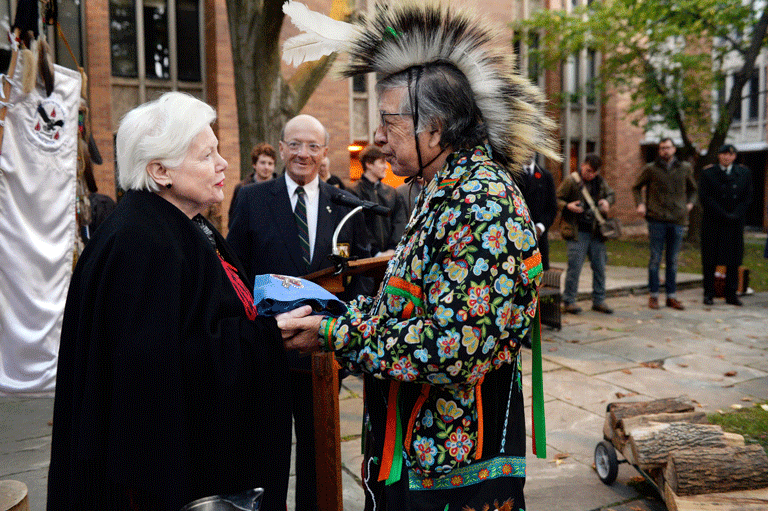
When the importance of the family relationship between the Queen and First Nations peoples is understood, it becomes natural that such a space would have been created in the year of Canada’s sesquicentennial. This was a familial act of reconciliation that recalled ancient obligations and connected them with the future of Canada.
One of the centrepieces of the Massey Chapel Royal is a mural executed by Philip Cote, a First Nations artist and this article’s co-author. On permanent display near the entrance, the mural literally (this is a subterranean chapel) grounds visitors to the chapel with an Indigenous voice the moment they walk in the door.
The mural illustrates the negotiation of the Treaty of Niagara and the nature of First Nations Treaties as living agreements that evolve and change. The Silver Covenant Chain of Friendship Wampum, one of the belts presented by Johnson at the Treaty’s conclusion, is highlighted to represent the union of First Nations people and the Crown.
A replica of the Covenant Chain Wampum is on display near the chapel’s altar, and it is depicted on a mosaic executed by Sarah Hall, a renowned glass artist. Key figures such as Molly Brant, Johnson, and Pontiac are depicted, as are delegates from Huron-Wendat, Haudenosaunee, Shawnee, Suk Fox, Anishinaabeg, and Mississauga nations.
Visitors to the chapel are thus invited to understand the full story of the Council of Niagara and what was discussed.
Invoking Treaty, the Massey Chapel Royal is a living space dedicated to the fact that the stories of First Nations and non-Indigenous peoples did not begin or end with the Royal Proclamation. Rather, the Royal Proclamation is part of relationships that stretch back generations, and it was not ratified by First Nations peoples until it reflected that reality.
Now as then, these relationships are contemporary, something that is reflected by the revival of many of the protocols now being practised at the chapel between representatives of the Queen and members of the Mississaugas of the New Credit First Nation.
Tied to the chapel is the annual Chapel Royal Symposium. Its vision statement declares: “There must be truth before reconciliation.” The Symposium is committed to exploring the relationships established by the 1764 Treaty of Niagara and the Silver Covenant Chain of Friendship. It is also dedicated to exploring essential truths of the relationships between the Crown and First Nations peoples throughout the centuries.
The inaugural symposium was held on February 1 and 2, 2018, featuring speakers Alan Corbiere and John Borrows. At the same event, the Native Students Association of the University of Toronto hosted a traditional blanket exercise.
While the British North America Act empowered successive Canadian governments to act as if the Treaties never existed, the special relationships between the sovereign and First Nations peoples were not extinguished. The latter fact has been highlighted by countless delegations to Buckingham Palace and petitions handed to viceregal representatives right up until the present day.
A statement released by British Columbia Lieutenant-Governor Judith Guichon reaffirms her familial relationship with Indigenous peoples, connecting it with Canada’s current efforts at reconciliation:
“The words reconciliation, Treaty, and love are all verbs and therefore require ongoing action. The viceregal family, being connected by kinship, has the means to continuously work towards genuine reconciliation. There is no one end point to reconciliation. The vision must be of respectful relationships with ongoing responsibility to future generations. Just as the definition of the Crown remains elusive, so too the act of making Treaty holistically will differ from nation to nation. However, with trust as a foundation, honesty, communication, integrity, and love will be as constant as the Crown.”
The Crown has long acted as a conduit for non-Indigenous peoples to connect with their First Nations partners. Generations of neglect have tarnished their relationship, straining it to the point of almost breaking its links; but the opportunity is there for renewal. Our national symbols are expected to reflect the highest ideals — and the honour — of Canadian society.
Register to receive your FREE educational package devoted to Treaties and the Treaty Relationship.
Packages are aimed at Grades 2–7 and Grades 7–12, and available in both English and French.
Themes associated with this article
More from the Treaties issue
These articles, as well as the corresponding educational resource package, can be found on the French side of our site.

Encouraging a deeper knowledge of history and Indigenous Peoples in Canada.
The Government of Canada creates opportunities to explore and share Canadian history.

The Winnipeg Foundation — supporting our shared truth and reconciliation journey.





